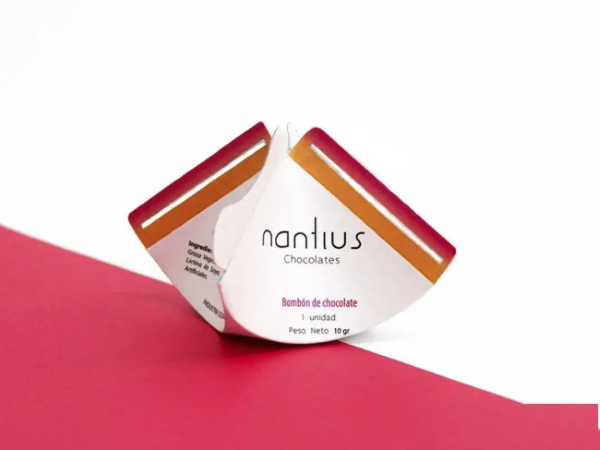Light-weighting is the ability to make lighter, more effective versions of a specific package, with the end result being a lighter version of the original rather than a completely new form of packaging, even though it has a similar goal to practices like source reduction and waste consciousness.
In reality, producers, wholesalers, and merchants in charge of marketing and selling products all have a direct impact on the bottom line when it comes to their packaging decisions. The demand for affordable packaging alternatives and containers that can reduce costs throughout the supply chain is driving industry innovators to step up with efficient low-cost solutions. Along with the environmental values that responsible packaging practices promote, It has gained popularity for financial reasons. Less material is used, which results in lower costs, and shipping is more profitable as a result of these improvements.
Table of Contents
What Is Light-Weight Package
Packaging lightweight technology refers to reducing the weight of packaging materials on the premise of ensuring the mechanical and mechanical properties required to achieve packaging functions. From the perspective of packaging materials, the selection of low-density and lightweight materials can effectively improve the utilization efficiency of transportation energy. The improvement of the compressive strength of the material under the premise of the same material is not only conducive to the thinning of the packaging container, saving materials but also helping to reduce the damage rate during the transportation of the goods, which is conducive to increasing the stacking layers of the goods. Utilization of storage space.
Advantages of Lightweight Package
The contract package businesses of today that are successful are in line with the values of contemporary consumers, including new ecological concerns. Although it is a reasonable strategy employed by packagers to lessen the environmental impact of consumer packaging, light-weighting is merely one element of a larger sustainability campaign. When properly implemented, the technique effectively lowers the mass of the packages while cutting costs for the producers.
Successful lightweight packaging relies on new, improved designs to outperform their predecessors while consuming less material. Technological advancements, improved manufacturing procedures, and ongoing research ensure ongoing light-weighting gains as the packaging industry’s innovators continue to push the envelope.
Disadvantages Of Lightweight Package
Consumers are frequently sold on the benefits of lightweight packaging configurations as being more convenient, more affordable, and having a smaller environmental impact. However, the cost of a lighter package is frequently one that is neither recyclable nor reusable, destined for a landfill or incineration, as well as the unavoidable pollution of our natural ecosystems.
A lightweight package, such as a juice pouch, is frequently multi-component by nature and is not recyclable under the system in place for managing waste. The majority of pouches are made of multi-layer films, which frequently contain several different plastics that must be separated in order to recycle them.
Furthermore, due to their small size, the waste produced by the various accessories that give lightweight items high functionality (such as straws, caps, and spoons) is also not recyclable through curbside collections. These loose accessories are missed for recovery when they fall through the screeners at municipal recycling facilities.
The main issue with lightweight packaging is that the companies that make these products haven’t incorporated end-of-life options into their packaging innovations. Pouches and sachets, which reduce costs, are packaged in largely ineffective waste management infrastructures, which exacerbates the pollution problem.
Challenges of Lightweight Package
Flexible pouches are an alternative lighter material that offers greater advantages in terms of energy and CO2 savings during manufacturing and transportation. But we also produce a fresh set of problems further down the line that affects storage, use, and recycling.
Non-rigid packs may be more difficult for consumers to use, necessitating an additional step like decanting into more robust dispensers. Without keeping the customer in mind when designing, we risk making overly complicated products that are difficult to buy.
A marketing difficulty exists there as well. Will flexible packs have the same shelf appeal as their rivals who still use beautifully designed bottles? Sales declines are something that no brand wants to experience.
Finally, because the majority of pouches are constructed from multiple materials, they are very challenging to recycle and process. For instance, Carex’s Eco pouch refills use 75% less material than two equivalent bottles despite being constructed of laminate materials that call for specialized recycling procedures. Many of these pouches will end up in the trash as a result of the requirement that customers arrange collections or use drop-off points to recycle them.
In this situation, it is clear that we must redesign the entire packaging ecosystem rather than just producing a single piece of packaging.
Conclusion
Successful contract packaging businesses today are in line with the values of contemporary consumers, including new ecological concerns, as prevailing values drive industry trends. Light-weighting is one sensible strategy used by packagers to lessen the environmental impact of consumer packaging, but it is only one part of a larger campaign for sustainability. When properly implemented, the technique effectively reduces the mass of the packages while cutting costs for the producers.
In order to outperform their predecessors and use less material, successful lightweight packaging requires new, improved designs. Technological advancements, improved manufacturing techniques, and ongoing research ensure ongoing light-weighting gains as the packaging industry’s innovators continue to push the envelope.
Read More: How Many Oreos Are In A Pack?

